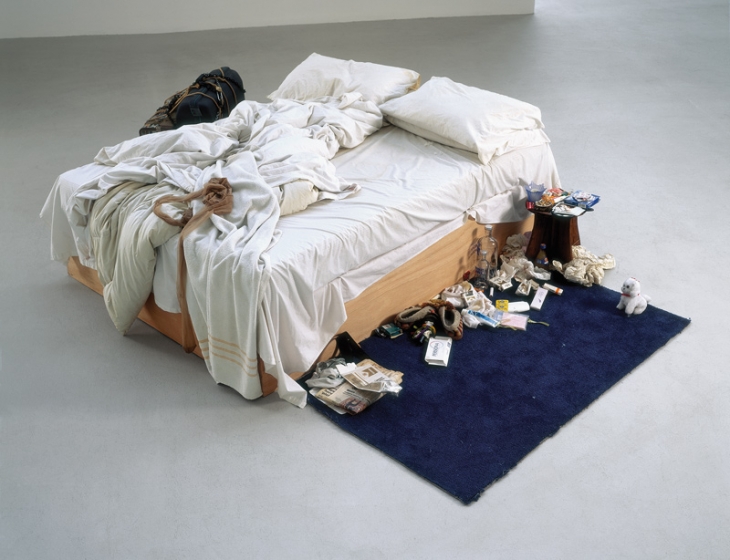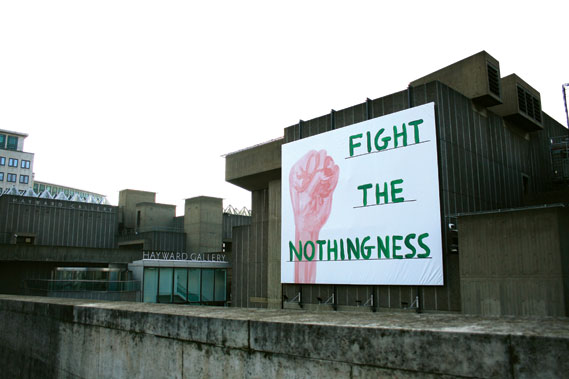suggested research question:
- how is modern conceptual art perceived by the public?
which academic sources will you reference?:
- O'Doherty, B (1976) Inside the White Cube: The Ideology of the Gallery Space, 1st edition, University of California Press, Los Angeles
- O'Neill, P (2012) The Culture of Curating and The Curating of Culture(s), 1st edition, Massachusetts Institute of Technology Press, Massachusetts
- Adorno, T (1991) The Culture Industry, 16th ed, Routledge, New York
- Adorno, T (1997) Aesthetic Theory, 2nd ed, Continuum, London
- Welchman, J.C. (2006) Institutional Critique And After, 1st ed, JRP Ringier, Zurich
- some illustration could be used to support my points but for this essay I will be mostly be analysing the conceptual art itself
- I will probably include at least one example of 'famous' conceptual art as they often face the most backlash from public and media, for example, an Emin or a Hirst. I will analyse them alongside responsive academic criticisms, public criticisms and media coverage.
Tracey Emin
Damien Hirst
David Shrigley
Paul Davis
essay map: four main points to your essay: (potential points)
- how perception of art is informed by the artist themselves: essentially the opposite to Barthe's propositions. for example, how artists like Hirst or Banksy create personas and become cliches of themselves. Maybe even how Shia Laboeuf now presents himself as an artist- is his attraction in his work or his celebrity or his persona
- how galleries are physically designed to intimidate. could even go on to discuss how Tate Britain is housed in a panopticon prison but this would probably be a stretch
- how the public's relationship with art has changed over the years, post-victorian era. art used to be aspirational but now many do not even enjoy it. how people don't understand how art can help them and the economy
- on the other side, how art is now so inward looking it rejects the public. how this links to post-modernism
peer feedback:




No comments:
Post a Comment